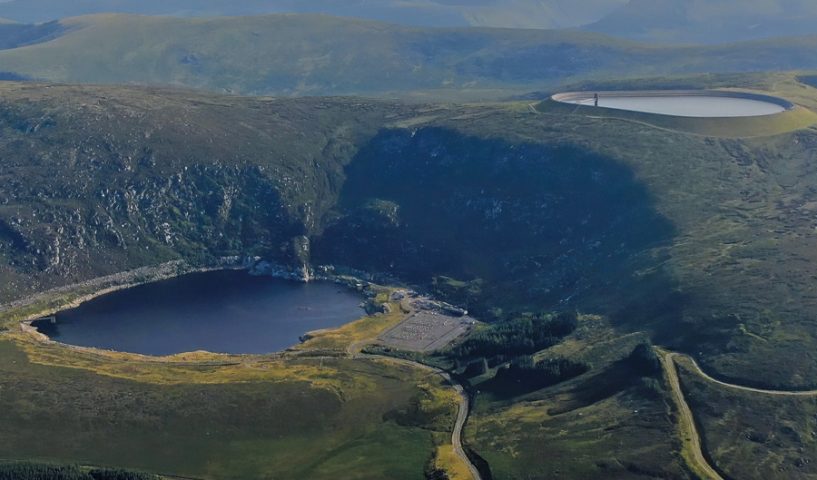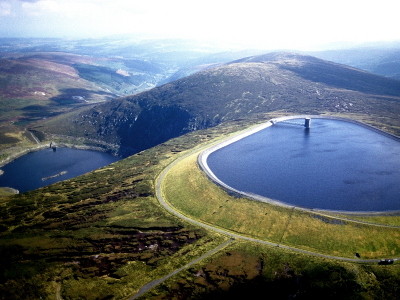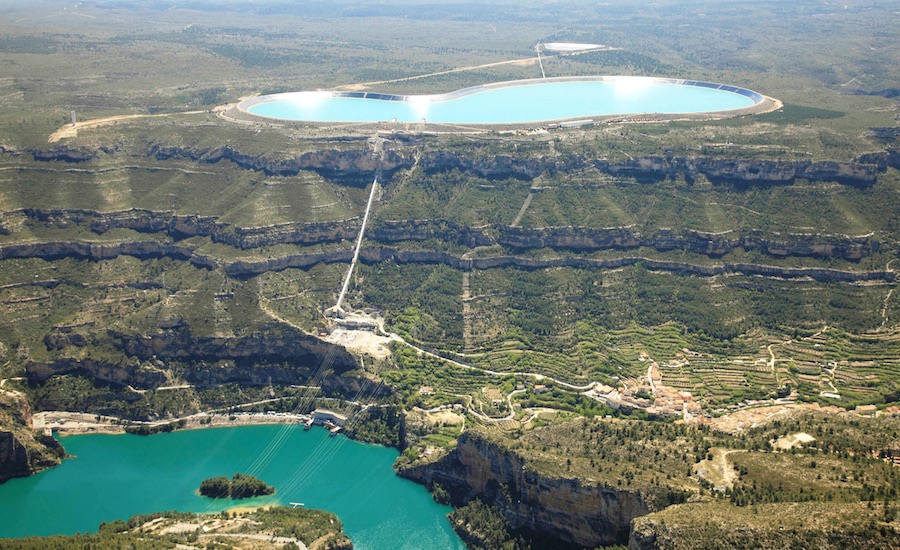- South America has vast natural resources that contribute to the growth and development of pumped hydro storage projects.
- pumped hydro storage projects offer several benefits contributinrg to the regions’ energy mix. it however faces several challanges and issues that need to be addressed to ensure its success.
Use of pumped hydro storage (PHS) in South America brings forth many benefits to the regions’ energy production. The technology leverages the power of water to store excess electricity for later use. This makes it an ideal solution for balancing the intermittent nature of renewable energy sources. South America has massive rivers, lakes and reservoirs that provide ample opportunities. Notable pumped hydro storage projects in South America are in brazil, Chile, Uruguay and Argentina. This is through exploring the pumped hydro storage options to complement its growing solar and wind power generation.

A b strand ground clamp is a specific type of electrical connector used in overhead and electrical systems. It helps to establish a secure and reliable ground connection to ensure safety. The clamps serve in electrical distribution systems where they connect the grounding conductor to the messenger wire. It has a design to fit around the b strand wire and the grounding conductor.
Pumped hydro storage allows the generation of electricity by moving water between two reservoirs. The excess electricity from the grid pumps water from a lower reservoir to an upper reservoir. The stored water is them released during peak demand to generate more electricity.
Benefits of pumped hydro storage in South America
Pumped hydro storage provides many benefits in South America due to its unique conditions. It has the ability to provide reliable energy storage, support renewables and economic and environmental advantages. Additionally, continuous investment and innovation can help to harness its full potential in the region. A b strand ground clamp is from durable materials that are able to withstand South American environmental conditions. The following are the benefits of pumped hydro storage in South America.

- Energy storage and grid stability – PHS can store excess energy generated from renewable sources. It then releases it during peak demand periods which helps stabilize the grid. It also helps in maintaining grid frequency within safe limits and prevent blackouts.
- Support for renewable energy integration – the projects enables a more stable supply of power from variable renewable sources. It eases higher integration of wind and solar power to reduce dependency on fossil fuel-based generation.
- Economic benefits – pumped hydro storage facilities can generate revenue by selling stored energy during peak hours. It provides ancillary services like voltage control and grid stabilization.
- Environmental advantages – the projects support renewable energy sources which contributes to lower carbon emissions. The PHS projects have smaller footprint and can integrate into existing hydropower facilities. This helps to reduce environmental disruptions in the region.
- Enhanced grid resilience – the projects provide a reliable backup power supply during grid failures or emergencies. This enhances the resilience of the energy infrastructure and ensures a stable power supply for critical services.
Challenges and issues for these projects in South America
Pumped hydro storage projects in South America faces several challenges and issues. They affect their development and operation. Additionally, addressing these challenges requires comprehensive planning, community engagement and investment in technical expertise. B strand ground clamps find use in overhead distribution systems, telecommunications and industrial facilities. The following are the common challenges facing pumped hydro storage projects in South America.

- Environmental and ecological impact – pumped hydro storage projects can disrupt local ecosystems. The construction of reservoirs can lead to the flooding of large areas. The availability of water for filing reservoirs can also be an issue where water resources are scarce.
- High initial costs – the construction of PHS facilities needs significant initial capital investments. This includes costs for site preparation, construction of reservoirs and tunnels.
- Geographical and topographical constraints – selection of the suitable sites with ample water resources can be difficult. Developing the necessary infrastructure like road and transmission lines in remote areas can be complex.
- Regulatory challenges – navigating the regulatory landscape for large infrastructure projects can be complex and time-consuming. This includes obtaining environmental permits, water rights and construction approvals.
- Social and community impact – large-scale PHS projects may need the displacement of communities. This leads to social and political challenges to ensure fair compensation and resettlement plans.
- Integration with renewable energy sources – the intermittent nature of sources like wind and solar pose challenges in balancing supply and demand. Ensuring the PHS systems are compatible with existing grind infrastructure.


